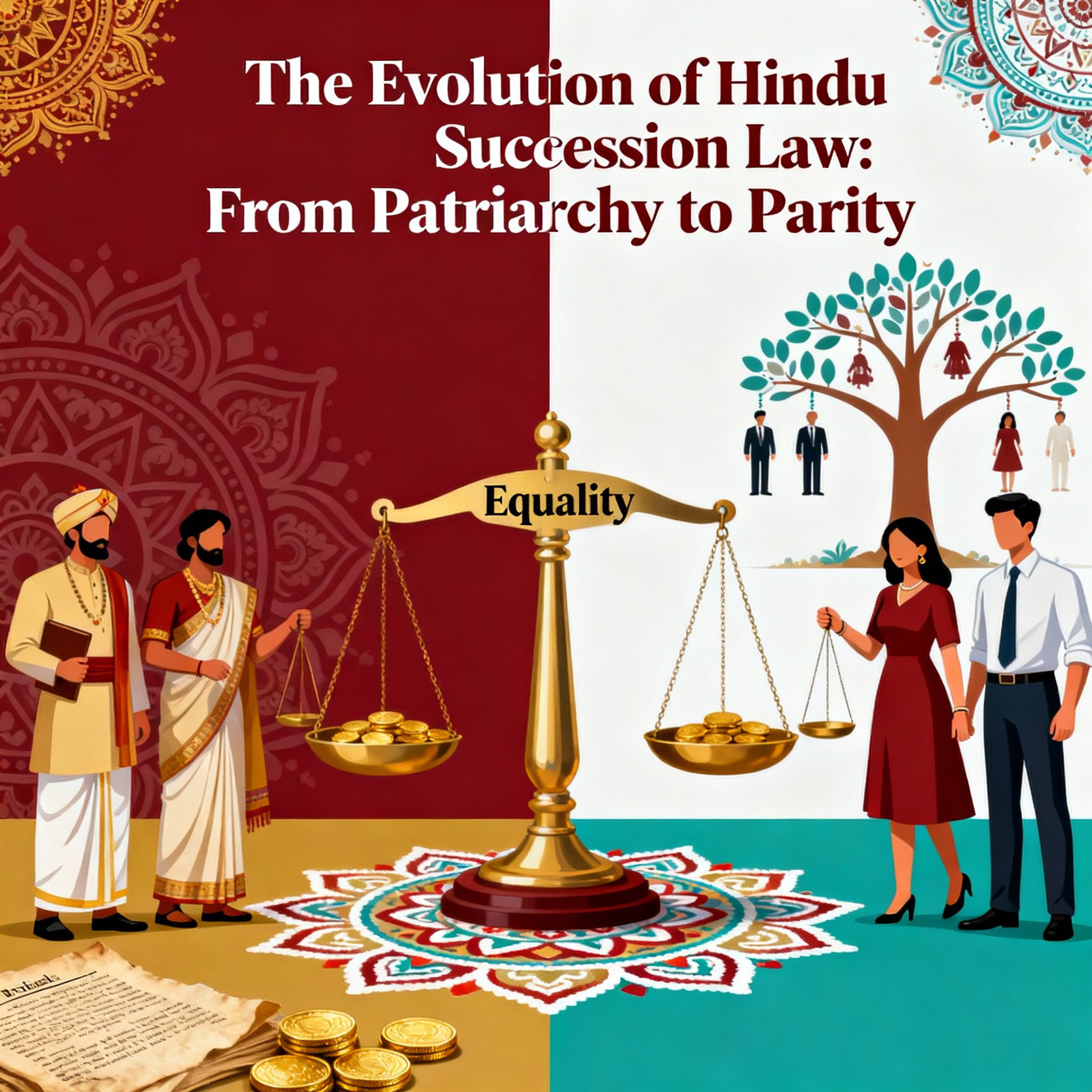The Living Legacy: Understanding the Sources of Hindu Law
Hindu law is one of the world’s oldest and most fascinating legal traditions. Steeped in ancient wisdom yet remarkably adaptable, it has evolved over millennia—from its roots in divine revelation to its present-day codified form. Let’s unravel how Hindu law was shaped, examining both its ancient and modern sources.
Ancient Sources: The Foundations
1. Shruti: Words of the Divine
At the heart of Hindu law is Shruti—meaning “what was heard.” These are the revered Vedas and Upanishads, considered direct revelations from the divine. While not legal codes in the modern sense, they set down early social norms and values, influencing marriage customs, property rules, and social responsibilities.
2. Smritis: Memorable Teachings
Smritis—written manuals by sages such as Manu and Yajnavalkya—elaborated on the broad themes found in Shruti. The Manu Smriti is perhaps the most famous, setting out rules for governance, family, and society, though often critiqued for its rigidity. The Yajnavalkya Smriti, meanwhile, is celebrated for its more systematic and progressive approach, especially towards women’s rights and procedural law. Together, these works laid down the principles that would guide later developments.
3. Commentaries and Schools
Between 700 and 1700 AD, a rich tradition of commentary emerged. Scholars wrote extensive digests to clarify and sometimes revise earlier teachings, giving rise to major schools like:
- Mitakshara: Emphasized a son’s right by birth to ancestral property and influenced nearly all of India except Bengal.
- Dayabhaga: More progressive on succession (e.g., sons only inherit after the father’s death) and dominant in Bengal.
- Regional Variations: Local customs, like Marumakkattayam and Aliyasantana (matriarchal inheritance), show the regional diversity of Hindu law.
4. Custom: The Living Law
Custom, or achara, is the unwritten heart of Hindu law. A valid custom must be ancient, continuous, certain, reasonable, and not opposed to law or public policy. Courts have affirmed that clear custom can even outweigh written law, so long as it is proved and meets these standards.
Modern Sources: Change and Codification
1. Equity, Justice, and Good Conscience
During the colonial era, British judges often faced situations not covered by ancient texts. They turned to principles of equity and good conscience—essentially, fair solutions inspired by justice and adapted to Indian circumstances.
2. Judicial Decisions
As colonial and then Indian courts decided more cases, their judgments themselves became an important source of law. These “precedents” helped unify and clarify Hindu law, giving it a more systematic, “legalistic” form.
3. Legislation: Towards Uniformity and Reform
Legislative acts have transformed Hindu law in countless ways—first with cautious reforms under British rule, and later with major codifying acts after Independence:
- The Hindu Marriage Act (1955): Introduced modern marriage laws, including divorce.
- The Hindu Succession Act (1956 & 2005): Brought equality in inheritance, granting daughters coparcenary rights.
- The Hindu Minority and Guardianship Act (1956): Clarified rules for guardianship.
- The Hindu Adoptions and Maintenance Act (1956): Standardized adoption and maintenance regulations.
These acts brought greater equality, certainty, and uniformity, marking a profound shift from tradition-bound rules to modern law.
Conclusion: From Ancient Wisdom to Modern Justice
The sources of Hindu law—sacred texts, memorable teachings, custom, equity, precedent, and statute—tell the story of a legal system that treasures its ancient origins yet never stops evolving. With landmark reforms in the last century, Hindu law today stands as a living testament to balancing tradition with change, ensuring justice for generations to come.

